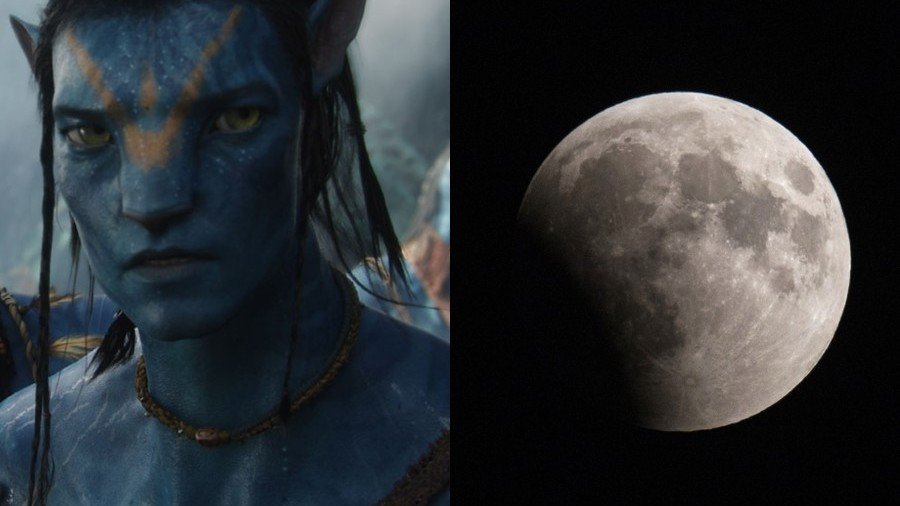Pandora, anyone? Russia plans to set up moon base inhabited by ‘avatar robots’

After unveiling an ambitious plan to install a permanent base on the moon, Russia’s space boss Dmitry Rogozin has now added a truly sci-fi-esque detail: humans will control it from Earth through sophisticated ‘avatar robotics.’
“We’re talking about creating a long-term base, not constantly manned, but visitable,” Rogozin, who leads Russia’s national space agency, ‘Roscosmos’ told RIA Novosti on Tuesday.
The base will be chiefly managed by “robotized systems, avatars that will be executing tasks on the moon’s surface,” he said, noting that whole project will be larger than the US ‘Apollo’ program of the ‘60s and ‘70s.
READ MORE: Russia to have permanent moon base – space chief
Rogozin didn’t go into details of the ambitious plan leaving many to wonder how the lunar ‘avatars’ will look and function. The choice of words hints that he was inspired by James Cameron’s 2009 sci-fi blockbuster. The box office hit told the story of the distant jungle planet called Pandora. Since its air wasn’t breathable for humans, they roamed the planet by mentally ‘logging’ into ‘avatars,’ which mimicked the bodies of local humanoid race, the Na’vi.
Undoubtedly, the moon’s greyish scenery looks bleak compared to Pandora’s vivid colors, but the main idea likely remains the same – humans using advanced tech for remote exploration. This sure fits in line with other peculiar things officials at Roscosmos recently envisioned, like repairing space equipment using spare parts, 3D-printed right from the lunar soil.
Whether the ‘avatar robots’ will ultimately look as appealing as the blue-skinned Na’vi or not, the current Russia space program envisages landing the first cosmonauts on the lunar surface in 2030-2031.
Scientists at the Russian Space Research Institute, meanwhile, recently confirmed that the nation has the means to set up the first lunar module around that time.
Like this story? Share it with a friend!














